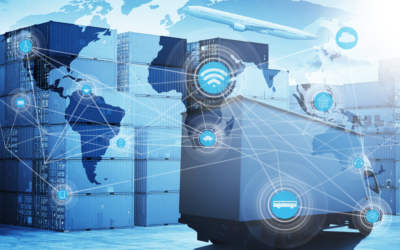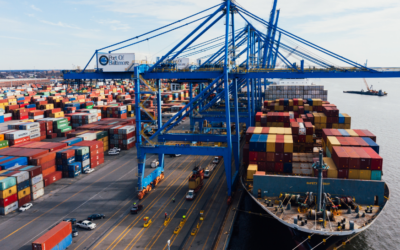With nearly 90% of global trade making its way from point A to point B via the world’s oceans, when one thing changes in the shipping industry, everything is affected. The latest issue that has everyone talking is an increase in blank sailings across the trans-Pacific trade routes. These blank sailings have been steadily increasing since the summer, with predictions that they will continue into 2024.
Blank Sailings: What They Are and Why They’re Surging
Blank sailing is common in the maritime industry. The term refers to canceling voyages or skipping certain ports along traveled routes. This strategy is used by carriers to adapt to ongoing disruptions in the global supply chain. These issues have, of course, been ongoing for several years due to the effects of pandemic closures and what has happened since, including supply and demand challenges, port congestion, labor shortages, and container imbalances.
The surge in blank sailings has resulted in a reduction in scheduling capacity, especially along trans-Pacific trade routes. And that means spot rates are increasing. In fact, they’ve more than doubled since June.
The Immediate Future of Blank Sailings and Trans-Pacific Trade
Currently, industry talk is that aggressive blank sailings will continue into 2024. However, this may be a good thing, even with spot rate increases. The primary reason for the route and port cancellations is to manage supply and demand better. Something that is projected to have a negative impact moving forward is the pending delivery of new vessels, which threatens to alter this delicate balance. As of mid-August, the trans-Pacific trade spot rate was $2,150 per 40-foot equivalent unit (FEU), double the June rate of $1,050. More availability could increase rates as carriers struggle to fill containers.
Navigate Shipping Obstacles with a Freight Forwarder Partnership
Companies that regularly import or export goods via ocean liners need a partner to help them overcome the seemingly endless obstacles and challenges that continue to plague the shipping industry. That’s where a freight forwarder comes in. Companies like Cyclone Shipping are agile, adaptable, and strategic in looking at issues in the trans-Pacific trade routes as blank shipping and container capacity continue to affect availability. By closely monitoring trends, a freight forwarder is able to better anticipate disruptions, mitigate risks, and offer value-added solutions to their clients.
The Benefit of Technology
In this era of rapid digital transformations, embracing technology may be the key to overcoming challenges such as what’s occurring along trans-Pacific trade routes. A freight-forwarding company leverages advanced logistics platforms to gain real-time visibility into vessel schedules, monitor port conditions, and access critical market intelligence. It then passes that knowledge on to its customers in the form of alternative routes and creative solutions to ensure goods make it to their final destinations on time.
Keep Informed about Trans-Pacific Trade News
While we may think blank sailings to be a bad thing, they have helped the industry maintain operational stability in trans-Pacific trade. As a forward-thinking freight forwarder, our commitment is to stay informed, embrace technology, and foster collaborative relationships with carriers as key strategies to navigate these turbulent waters. We continue to be adaptable to stay ahead of whatever may come our way. And that knowledge and foresight are what enable us to better position our customers for success.
If you want a competitive advantage, you need a freight forwarder on your team. Contact Cyclone Shipping to start a conversation and learn how we can remove the concern about getting your shipments delivered in a timely manner. We worry, so you don’t have to.




